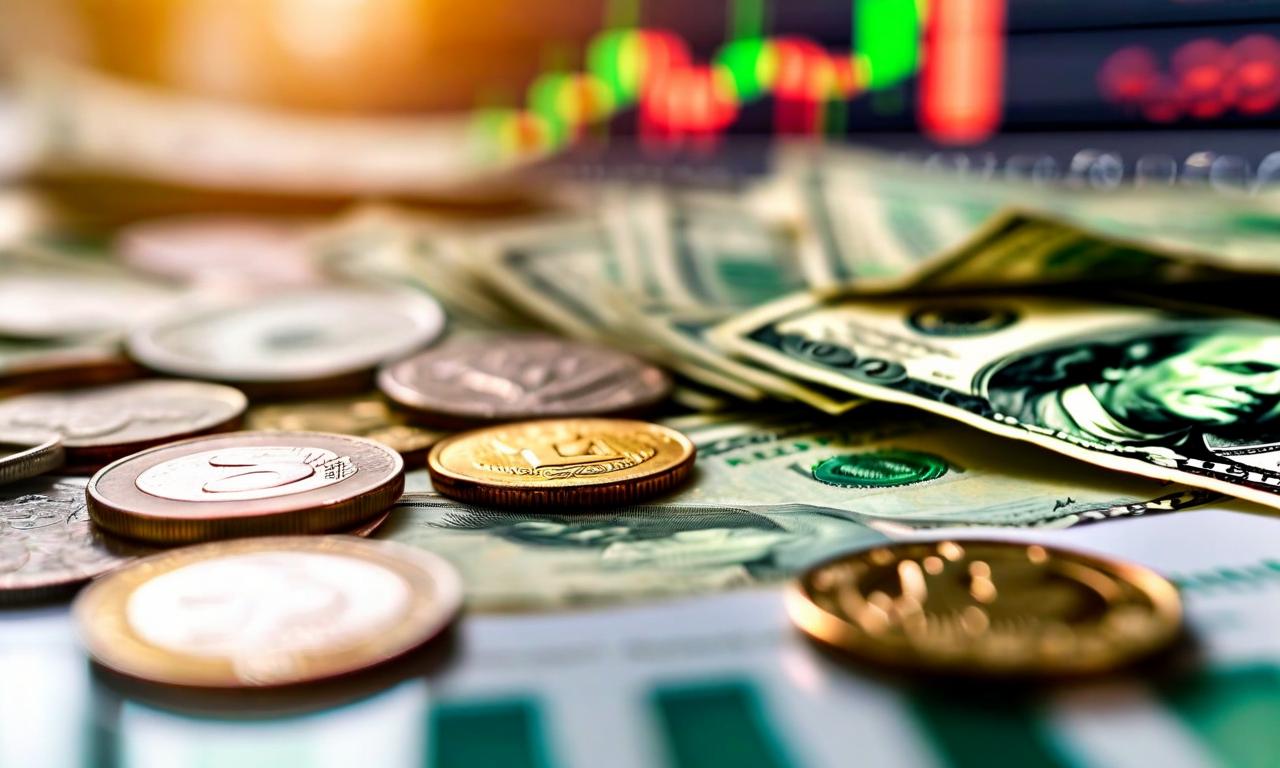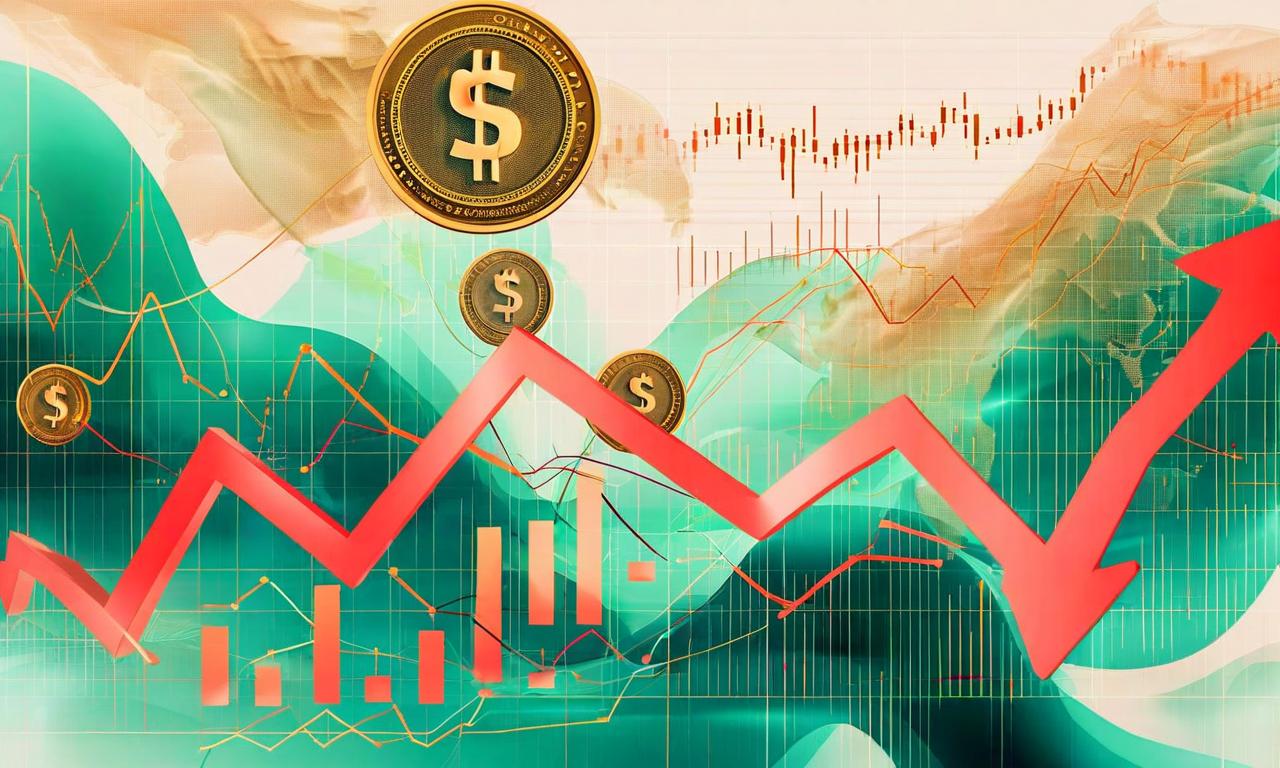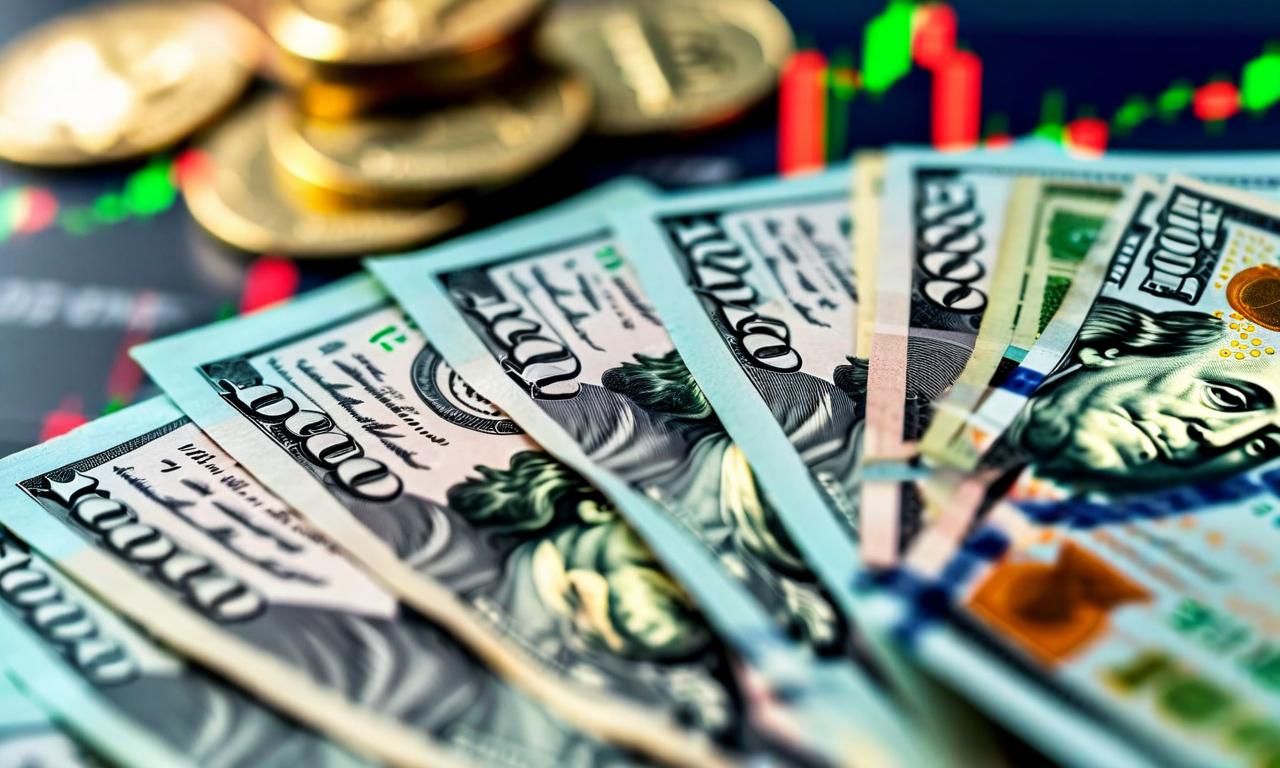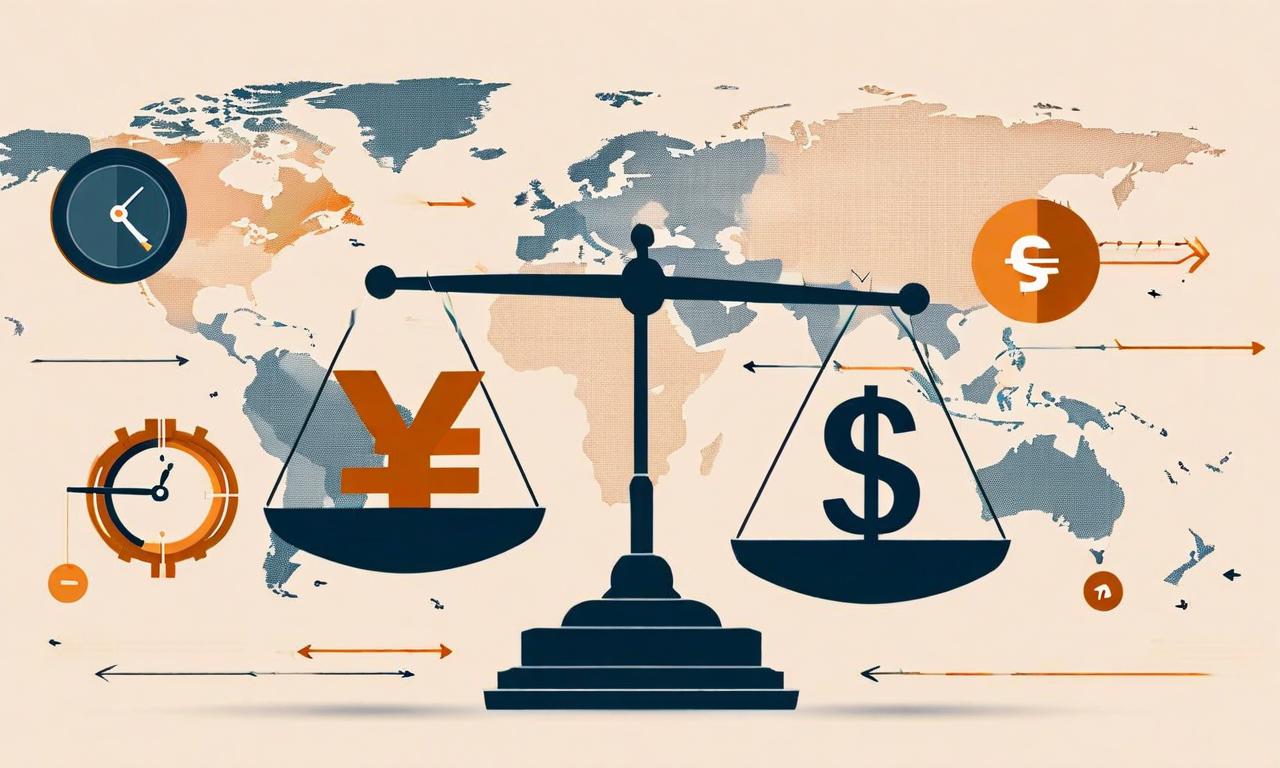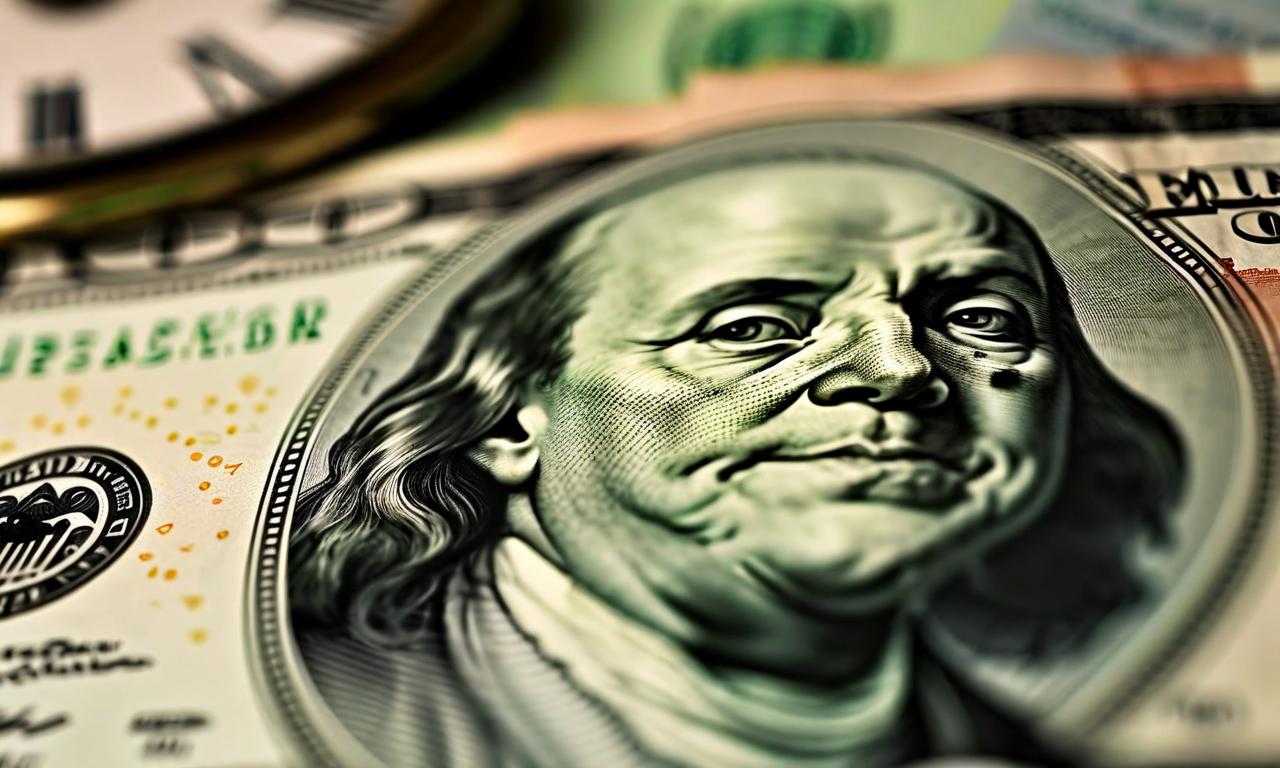Dollar Weakens as Rising Jobless Claims Fuel Fed Rate Cut Expectations
The US dollar faced downward pressure due to recent economic data, setting up for its second weekly decline. Jobless claims unexpectedly surged, raising labor market concerns. Despite faster consumer inflation, the increase was modest. Traders are pricing in a 25 basis point rate cut at the next Federal Reserve meeting. The dollar remained stable against the yen, while the euro slightly depreciated to $1.1727.

*this image is generated using AI for illustrative purposes only.
The US dollar continued to face downward pressure as the latest economic data reinforced expectations for potential Federal Reserve rate cuts. The dollar index, which measures the greenback against a basket of major currencies, traded at 97.59, setting the stage for its second consecutive weekly decline.
Jobless Claims Surge
A significant factor contributing to the dollar's weakness was the unexpected jump in U.S. jobless claims. The latest report revealed the largest weekly increase in unemployment claims in four years, raising concerns about the labor market's stability and fueling speculation about the Federal Reserve's next move.
Inflation Data and Rate Cut Expectations
Despite the labor market concerns, consumer inflation data showed prices rising at the fastest pace in seven months. However, the increase remained modest and aligned with market expectations, doing little to alter the prevailing sentiment around potential rate cuts.
The market's reaction to these mixed signals was evident in the Fed fund futures pricing. Traders are currently pricing in a 25 basis point rate cut at the Federal Reserve's upcoming meeting. However, expectations for a more aggressive 50 basis point cut have diminished.
Treasury Yields and Currency Movements
In response to the economic data, the 10-year Treasury yield edged up slightly to 4.03%. This modest increase in yields failed to provide significant support to the dollar.
In the currency markets, the dollar traded flat against the Japanese yen at 147.27. This stability came after a joint U.S.-Japan statement reaffirmed their commitment to market-determined exchange rates, potentially easing concerns about intervention in the currency markets.
Euro's Performance
The euro experienced a slight depreciation, falling 0.1% to $1.1727 against the dollar. This movement came as traders reassessed their expectations for further European Central Bank (ECB) rate cuts. The ECB's decision to hold rates steady at 2% and express optimism about the economic outlook contributed to this shift in sentiment.
As global economic indicators continue to shape currency movements, market participants will closely monitor upcoming data releases and central bank communications for further clues on monetary policy directions and their potential impact on the dollar's trajectory.







